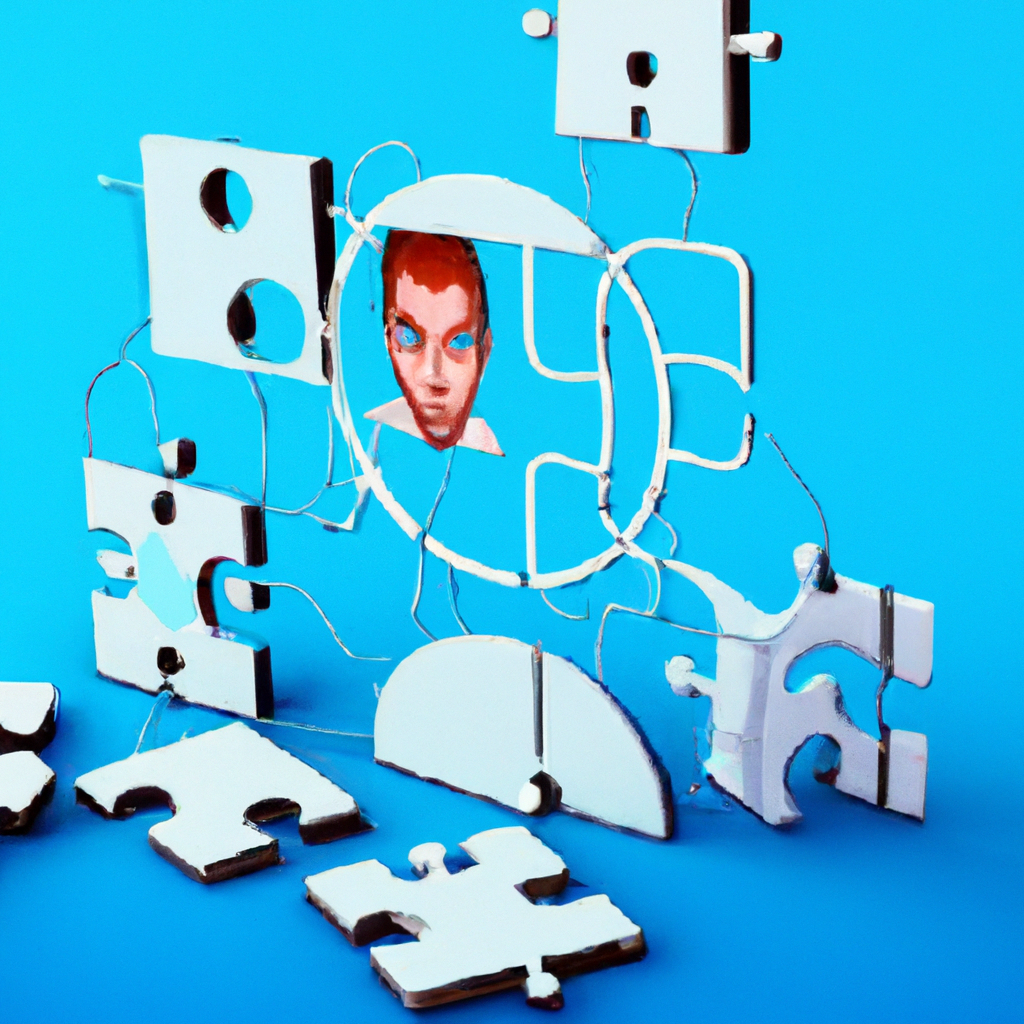If you’re looking to revamp your HR processes and boost efficiency, implementing AI chatbot builders is a game-changer. These innovative tools have the ability to automate various tasks like answering employee queries, scheduling interviews, and even onboarding new hires. But where do you start? In this article, we’ll walk you through the step-by-step process of implementing AI chatbot builders for HR processes, giving you the confidence to embrace this cutting-edge technology and revolutionize your HR department.
Steps involved in implementing AI chatbot builders for HR processes
When it comes to implementing AI chatbot builders for HR processes, there are several important steps to consider. These steps are crucial in ensuring a successful implementation of the chatbot and achieving the desired goals and objectives. By following these steps, you can streamline your HR processes and enhance the overall efficiency and effectiveness of your HR operations.

Analyzing HR processes and identifying chatbot use cases
The first step in implementing AI chatbot builders for HR processes is to analyze your existing HR processes and identify potential use cases for a chatbot. Take a close look at your current processes and try to identify areas where a chatbot can add value. This could include tasks such as answering frequently asked questions, assisting employees with leave requests, or providing information on company policies and procedures. By identifying the specific use cases for a chatbot, you can better streamline your HR operations and deliver an improved user experience for your employees.
Defining the goals and objectives for the AI chatbot implementation
Once you have identified the potential use cases for a chatbot, it is important to define the goals and objectives for the implementation. What do you hope to achieve with the chatbot? Are you looking to automate simple tasks, improve employee engagement, or enhance the overall efficiency of your HR processes? By clearly defining your goals and objectives, you can align your implementation efforts and focus on what matters most to your organization.

Selecting the appropriate AI chatbot builder platform
Selecting the right AI chatbot builder platform is crucial for the success of your implementation. There are several factors to consider when choosing a platform, including ease of use, scalability, integration capabilities, and pricing. It is important to evaluate different platforms and choose one that meets your specific requirements and budget. Additionally, consider the platform’s ability to customize and train the chatbot to suit your unique HR processes and needs.
Gathering and preparing the relevant data for the chatbot
Before building the chatbot, it is essential to gather and prepare the relevant data that will be used to train and personalize the chatbot’s responses. This data can include information about company policies, employee data, FAQs, and other relevant HR resources. By organizing and preparing this data, you can ensure that the chatbot provides accurate and reliable information to employees. It is also important to ensure that the data is up-to-date and regularly maintained to reflect any changes in HR processes or policies.

Designing the conversational flow and user interface
The design of the conversational flow and user interface plays a vital role in creating a positive user experience. It is important to consider the language, tone, and style of the chatbot to ensure that it aligns with your organization’s brand and values. Additionally, the chatbot should be designed to guide users through the conversation in a logical and intuitive manner. This involves mapping out the chatbot’s responses and determining the appropriate actions or next steps based on the user’s inputs.
Building and training the AI chatbot
Once the design and conversational flow have been finalized, it is time to build and train the AI chatbot. This involves using the selected AI chatbot builder platform to create the chatbot based on the predefined use cases and goals. The chatbot should be programmed to understand and respond to different user inputs, using natural language processing capabilities to provide accurate and relevant information. It is important to continuously train and refine the chatbot based on user interactions and feedback to improve its performance over time.

Integrating the chatbot with HR systems and databases
To fully leverage the capabilities of the AI chatbot, it is crucial to integrate it with your existing HR systems and databases. This integration allows the chatbot to access relevant employee information, update records, and perform tasks seamlessly. By integrating the chatbot with HR systems, you can further streamline HR processes and enhance data accuracy and consistency.
Testing and refining the AI chatbot
Before deploying the chatbot in HR processes, it is essential to thoroughly test its functionality and performance. This involves conducting various tests and simulations to ensure that the chatbot functions as intended and provides accurate responses. Testing also helps in identifying any potential issues or areas of improvement, allowing you to refine the chatbot and enhance its capabilities before it goes live.

Deploying the chatbot in HR processes
After successful testing and refinement, it is time to deploy the chatbot in your HR processes. This involves making the chatbot available to employees and providing clear communication on how to access and utilize its functionalities. It is important to train employees on how to interact with the chatbot and encourage them to provide feedback to further improve its performance.
Monitoring and evaluating the chatbot’s performance
Once the chatbot is deployed, it is crucial to continuously monitor and evaluate its performance. This involves tracking metrics such as user engagement, satisfaction levels, and the resolution rate of employee queries. By analyzing these metrics, you can identify any areas of improvement and make necessary adjustments to enhance the chatbot’s performance and effectiveness in supporting HR processes.
In conclusion, implementing AI chatbot builders for HR processes involves several important steps to ensure a successful and efficient deployment. By analyzing HR processes, defining goals, selecting the appropriate platform, gathering relevant data, and designing an intuitive conversational flow, you can build and train an AI chatbot that streamlines HR operations and enhances employee experience. Integrating the chatbot with HR systems, conducting thorough testing, and monitoring its performance are essential for a successful implementation. With careful planning and execution, AI chatbot builders can revolutionize HR processes and improve overall organizational efficiency.
